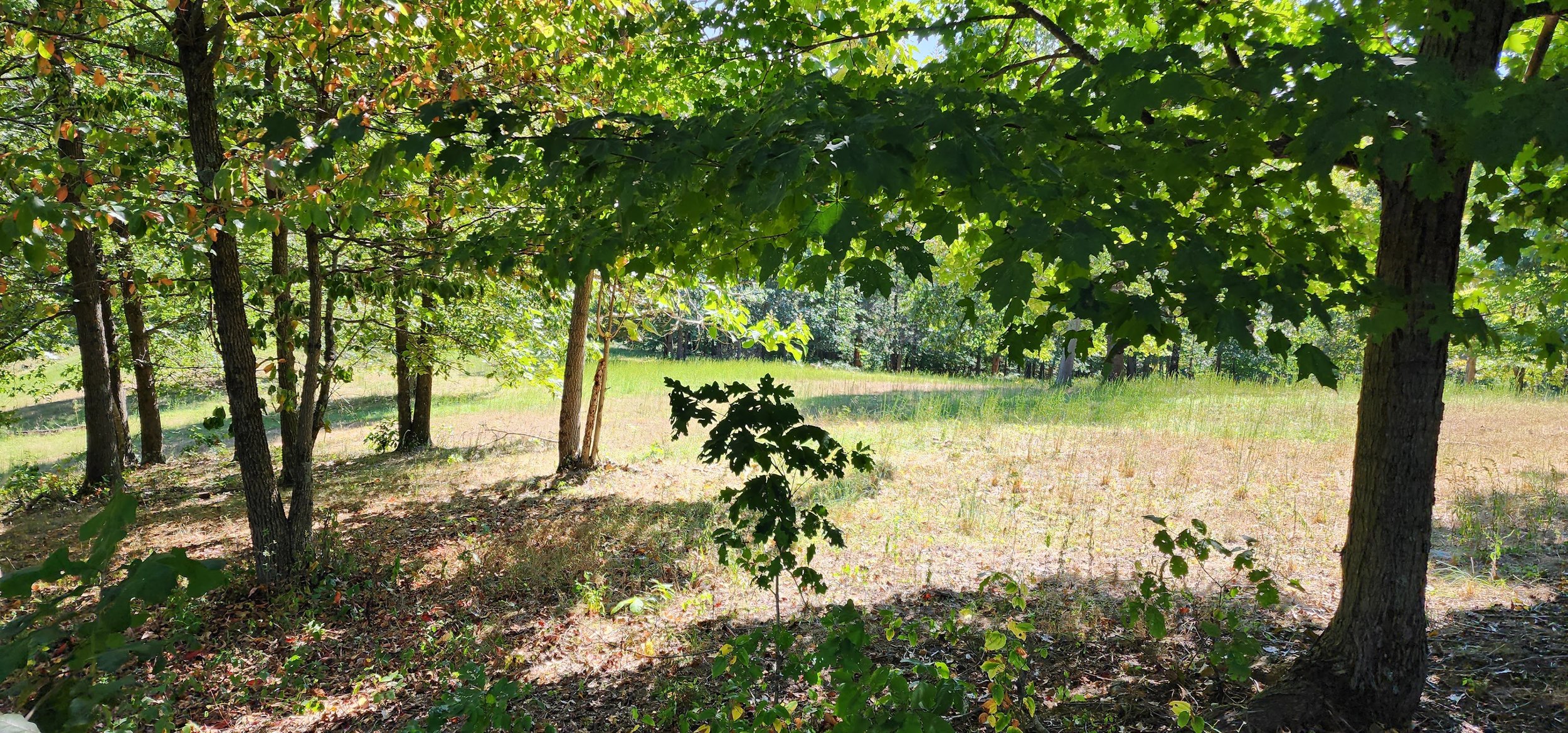Planting Food Plots for Whitetail Deer Hunting: A Comprehensive Guide
My planned future food plot.
For the last few years I have been working on turning a large portion of my yard into a meadow garden to be not only pleasing visually, but also help support pollinators and the local ecosystem. However, that is just one part of my expanded conservation efforts. On my 30 acre family farm I am also working to improve the local habitat; however, I’m gearing those efforts toward hunting. Hunting plays a vital role in conservation by helping manage wildlife populations and fund conservation efforts, ultimately ensuring the long-term health and balance of ecosystems.
For whitetail deer hunters, planting food plots has become an increasingly popular and effective strategy to attract and maintain deer populations on their hunting properties. Food plots are specially cultivated areas filled with various crops designed to provide essential nutrition to whitetail deer and create attractive hunting locations. In this blog post, we'll explore the benefits of planting food plots and provide a comprehensive guide to help you get started.
Why Plant Food Plots for Whitetail Deer Hunting?
Nutritional Benefits: Whitetail deer require a balanced diet to thrive, especially during the harsh winter months and throughout the hunting season. Food plots allow hunters to provide deer with the necessary nutrition, such as protein, carbohydrates, and minerals, which can significantly enhance the overall health of the deer population.
Increased Attraction: Food plots act as a magnet for deer by offering them a consistent and reliable food source. This not only increases the likelihood of deer visiting your hunting area but also improves your chances of encountering mature bucks.
Improved Hunting Success: Food plots create well-defined areas where deer congregate, making them an ideal location for hunting. By strategically planting food plots, you can increase your chances of a successful hunt.
Now that we've established the advantages, let's dive into the steps to plant effective food plots for whitetail deer hunting.
Site Selection:
Choose the right location for your food plot. Consider the following factors:
Sunlight: Select an area that receives adequate sunlight for your chosen crops.
Accessibility: Ensure your food plot is easily accessible for planting and hunting.
Soil Quality: Conduct a soil test to determine the soil's pH and nutrient content. Adjust it as necessary.
Wind Direction: Plant your food plot so your hunting stand is situated downwind to avoid spooking deer.
Crop Selection:
Carefully choose the crops for your food plot. Popular options for whitetail deer include:
Clover: A preferred choice for its year-round attractiveness.
Brassicas: High in protein and attractive to deer in colder months.
Soybeans: Excellent for providing high protein content.
Winter Wheat: A cool-season grain attractive to deer in the fall.
Soil Preperation:
Prepare your soil by removing debris, tilling the ground, and adding necessary nutrients based on your soil test. Ensure the pH levels are optimal for your chosen crops.
Planting:
Follow the planting guidelines for your selected crops, which may include seeding rate and depth. Ensure proper spacing to allow for growth.
Maintenance:
Your food plot requires ongoing care. This includes regular mowing, weed control, and monitoring for pests and disease. Consider investing in deer-resistant fencing to protect your plot from overbrowsing.
Year-Round Management:
To keep your food plot attractive throughout the year, consider planting a mix of crops that provide nutrition during all seasons.
Planting food plots for whitetail deer hunting is a rewarding and effective strategy for enhancing your hunting property. By providing essential nutrition and creating an attractive hunting location, you increase your chances of having a successful and enjoyable hunting season. Remember to invest time and effort into site selection, crop selection, and ongoing maintenance to ensure the health and attraction of your food plots. With dedication and careful planning, your food plots can become the key to your hunting success and a vital element in deer conservation efforts.



